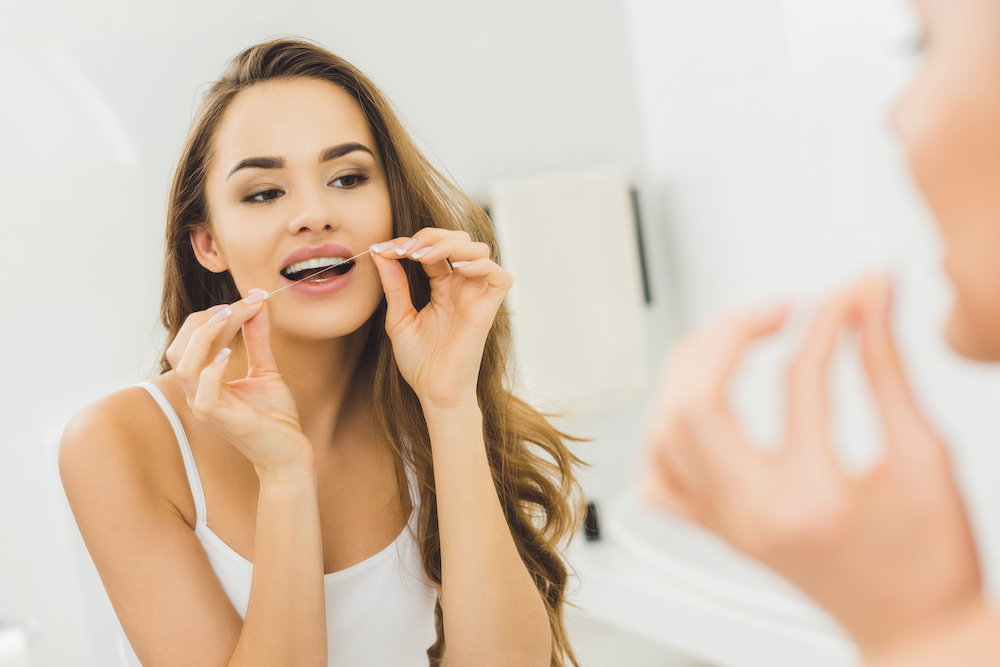Once you get your braces removed, your time with orthodontic appliances won’t quite be over. You will need to keep your teeth in their new positions if you want your new smile to be permanent. The way to do this is to wear a retainer. There are several kinds of retainers you may get, including permanent retainers. As with your braces, cleaning your teeth will be especially important, and using proper techniques around your permanent retainer will ensure you keep them as clean as possible.
Permanent Retainers
If you’re worried about the idea of getting a permanent retainer, keep in mind that it won’t be like your metal braces. Permanent retainers, also called bonded retainers, aren’t visible since they are placed on the back of your teeth. While some may balk at the idea of having something attached to their teeth after their braces are removed, other patients prefer having their retainers “out of sight, out of mind.” Since there’s no risk of losing the retainer, patients are less likely to experience regression this way.
However, you will need to step up your cleaning habits with a bonded retainer since it can increase the risk of plaque buildup and tooth decay.
Flossing with Bonded Retainers
There are two types of permanent retainers you may get. One type is bonded to all of your teeth while another is attached only at the canine teeth. The kind of permanent retainer that’s bonded to all of the teeth will be the most challenging to floss with. As with braces, you’ll have to thread the floss underneath the bonded retainer to access the most important place to floss, which is in between the teeth at the gums. Using a floss threader will make this process much easier.
While this process sounds tedious, you’ll likely be used to it already after having braces. The only difference is that you’ll have to thread the floss from the other end.
If you have the type of bonded retainer that’s attached to only the canine teeth, you will need to thread the floss only a few times. Once the floss is positioned under the retainer, just move the other end of the floss to the other teeth.
Cleaning Your Teeth with Permanent Retainers
To prevent issues like gingivitis and gum disease, it’s best to floss at least once per day. You should also brush your teeth after every meal to get rid of food particles and to prevent plaque buildup. For the best results, you should consider choosing an electric toothbrush with a soft-bristled head.
Since it can be difficult to clear out plaque buildup behind the fixed retainer even with frequent brushing and flossing, it’s best to supplement your cleaning habits by rinsing with mouthwash or using a device like an air or water flosser.
Learn more about different orthodontic appliances by calling Charleston Orthodontic Specialists and setting up a free consultation today!



